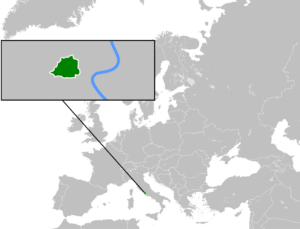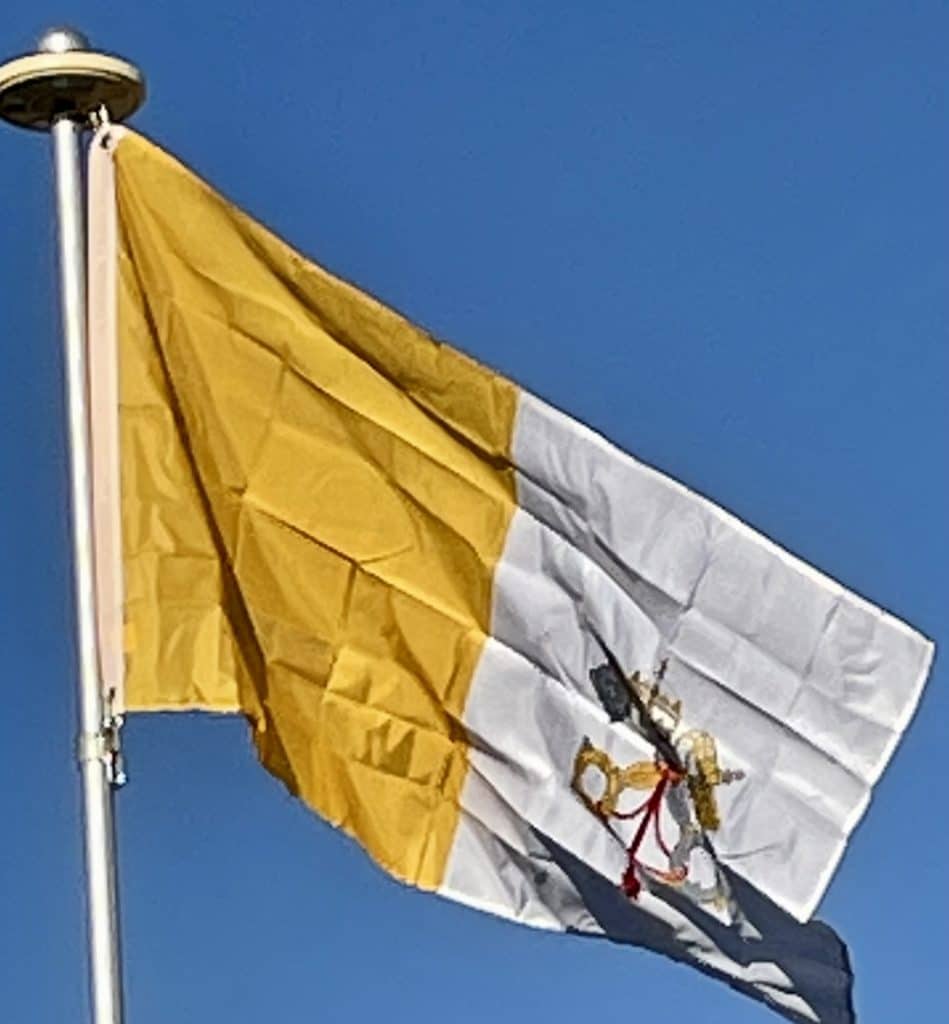Introduction:
Vatican City, officially the Vatican City State, is an independent city state and enclave located within Rome, Italy. The Vatican City State, also known simply as the Vatican, became independent from Italy with the Lateran Treaty (1929), and it is a distinct territory under “full ownership, exclusive dominion, and sovereign authority and jurisdiction” of the Holy See, itself a sovereign entity of international law, which maintains the city state’s temporal, diplomatic, and spiritual independence. With an area of 49 hectares (121 acres) and a population of about 825, it is the smallest state in the world by both area and population. As governed by the Holy See, the Vatican City State is an ecclesiastical or sacerdotal–monarchical state (a type of theocracy) ruled by the pope who is the bishop of Rome and head of the Catholic Church. The highest state functionaries are all Catholic clergy of various national origins. After the Avignon Papacy (1309–1437), the popes have mainly resided at the Apostolic Palace within what is now Vatican City, although at times residing instead in the Quirinal Palace in Rome or elsewhere.

The Holy See dates back to Early Christianity and is the principal episcopal see of the Catholic Church, which has approximately 1.329 billion baptized Catholic Christians in the world as of 2018 in the Latin Church and 23 Eastern Catholic Churches. The independent state of Vatican City, on the other hand, came into existence on 11 February 1929 by the Lateran Treaty between the Holy See and Italy, which spoke of it as a new creation, not as a vestige of the much larger Papal States (756–1870), which had previously encompassed much of central Italy.
Within the Vatican City are religious and cultural sites such as St. Peter’s Basilica, the Sistine Chapel, and the Vatican Museums. They feature some of the world’s most famous paintings and sculptures. The unique economy of Vatican City is supported financially by donations from the faithful, by the sale of postage stamps and souvenirs, fees for admission to museums, and sales of publications.
History:
Early history:
The name “Vatican” was already in use in the time of the Roman Republic for the Ager Vaticanus, a marshy area on the west bank of the Tiber across from the city of Rome, located between the Janiculum, the Vatican Hill and Monte Mario, down to the Aventine Hill and up to the confluence of the Cremera creek.
Because of its vicinity to their arch-fiend, the Etruscan city of Veii (another naming for the Ager Vaticanus was Ripa Veientana or Ripa Etrusca) and for being subjected to the floods of the Tiber, the Romans considered this originally uninhabited part of Rome insalubrious and ominous.
The particularly low quality of Vatican wine, even after the reclamation of the area, was commented on by the poet Martial (40 – between AD 102 and 104). Tacitus wrote, that in AD 69, the Year of the Four Emperors, when the northern army that brought Vitellius to power arrived in Rome, “a large proportion camped in the unhealthy districts of the Vatican, which resulted in many deaths among the common soldiery; and the Tiber being close by, the inability of the Gauls and Germans to bear the heat and the consequent greed with which they drank from the stream weakened their bodies, which were already an easy prey to disease”.
The toponym Ager Vaticanus is attested until the 1st century AD: afterwards, another toponym appeared, Vaticanus, denoting an area much more restricted: the Vatican hill, today’s St. Peter’s Square, and possibly today’s Via della Conciliazione.

